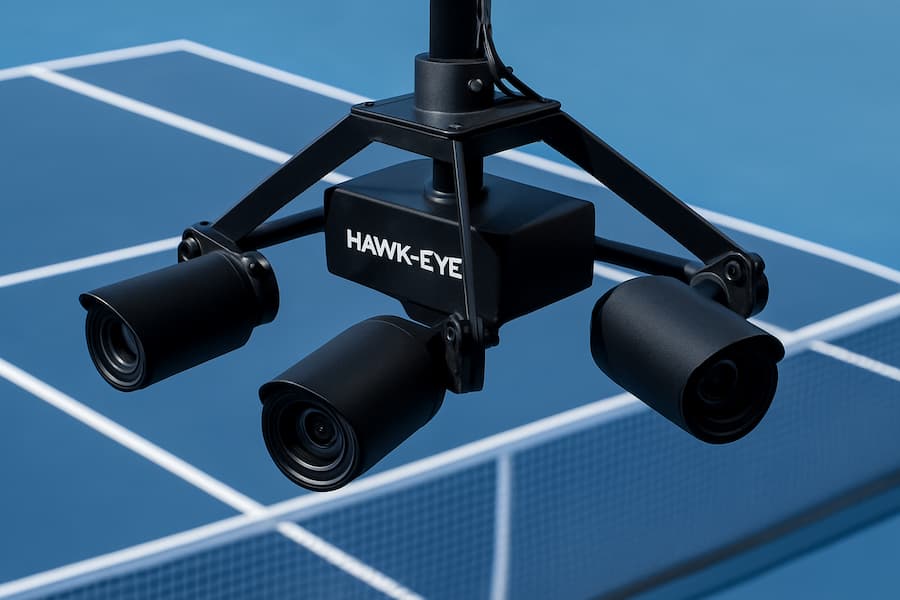
Hawk-Eye Explained: The $100K Tech Powering Global Sports
What began as a broadcast gimmick now powers the biggest calls in global sports. But Hawk-Eye is not without controversy.
The Moment That Changed Everything
2004. US Open: Serena Williams is locked in a tense quarterfinal against Jennifer Capriati. Then, chaos!
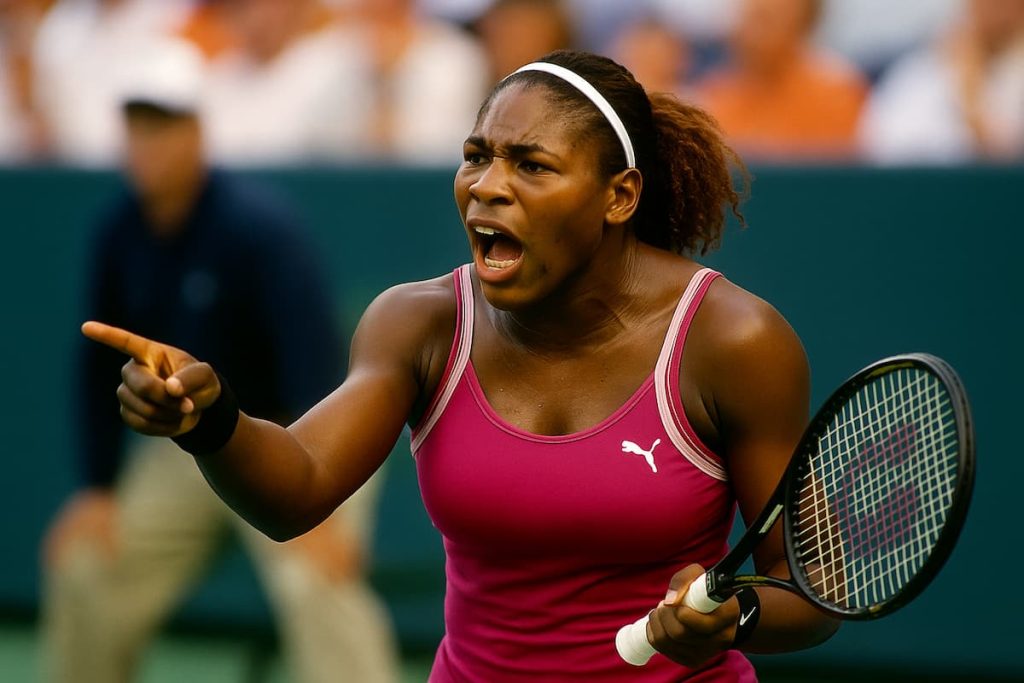
Four line calls go against Serena in the final set. Balls that were clearly in are ruled out. The broadcast audience watches in disbelief as slow-motion replays, powered by a new tool called Hawk-Eye, prove the calls wrong.
The fallout was immediate. The umpire was dismissed. Williams received a public apology. And the tennis world realized that human eyes weren’t enough. That moment triggered a revolution, one that would ripple far beyond tennis.
From TV Gimmick to Global Standard
Hawk-Eye was invented in 2001 by Dr. Paul Hawkins, a British engineer and former cricketer, as a way to visualize cricket decisions for television. The system debuted during a Test match between England and Pakistan, helping viewers understand controversial LBW (leg-before-wicket) rulings.
By 2004, the tech had jumped to tennis, again, just for broadcast purposes. But after the Serena controversy, that changed forever. Hawk-Eye quickly moved from TV enhancement to an official decision-maker.
Within a few years, other sports followed:
- FIFA adopted Hawk-Eye for goal-line technology and VAR.
- MLB used it for automated ball-strike reviews.
- The NBA integrated it for player tracking and officiating support.
- The NFL will officially use Hawk-Eye to measure first downs starting in 2025, replacing the century-old chain gang.
Today, Hawk-Eye powers officiating decisions across more than 30 sports.
How It Works: Inside the Hawk-Eye System
At its core, Hawk-Eye is a vision-processing platform. Each setup includes 6 to 12 high-speed cameras mounted around a stadium or court, usually high above the action. These cameras capture every frame at up to 340 frames per second, feeding data to a central system.
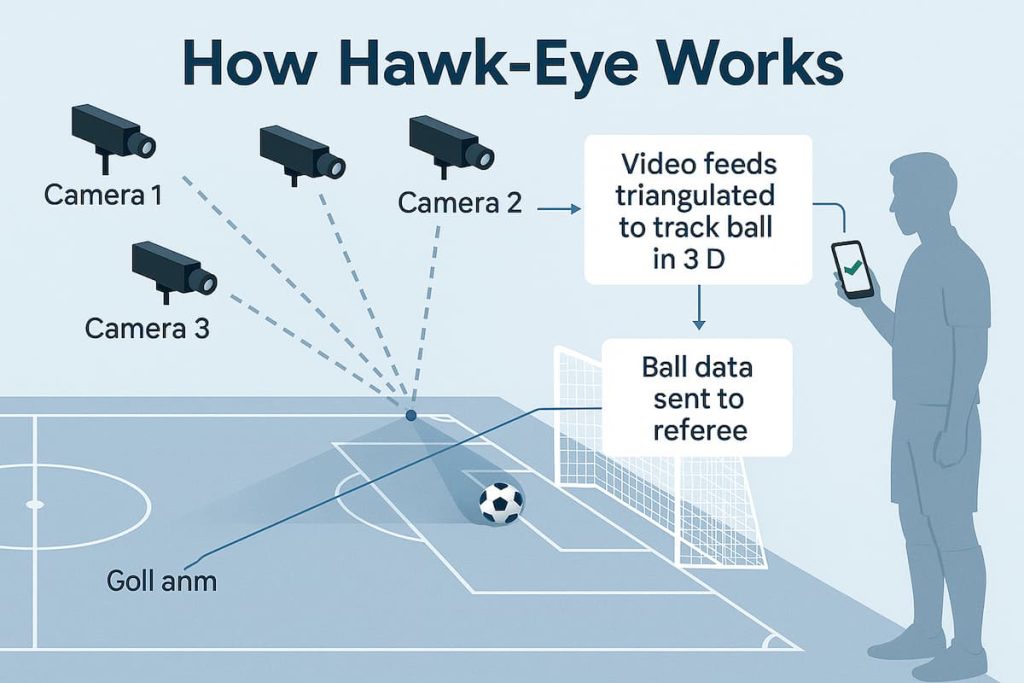
What makes it special is how it interprets the footage:
- Triangulation: By comparing pixel data from multiple angles, Hawk-Eye computes the ball’s exact 3D location in real time.
- Physics modeling: It calculates the “statistically most likely path,” using data on spin, bounce, and velocity.
- Court/field modeling: It references a digital blueprint of the playing surface, down to the millimeter.
Instead of showing raw, sometimes obstructed video, Hawk-Eye produces virtual replays with precise animations, where the shadow of the ball shows whether it touched the line, crossed the goal, or hit the zone.
The result? A decision with 2–3mm accuracy, well within the margin approved by governing bodies.
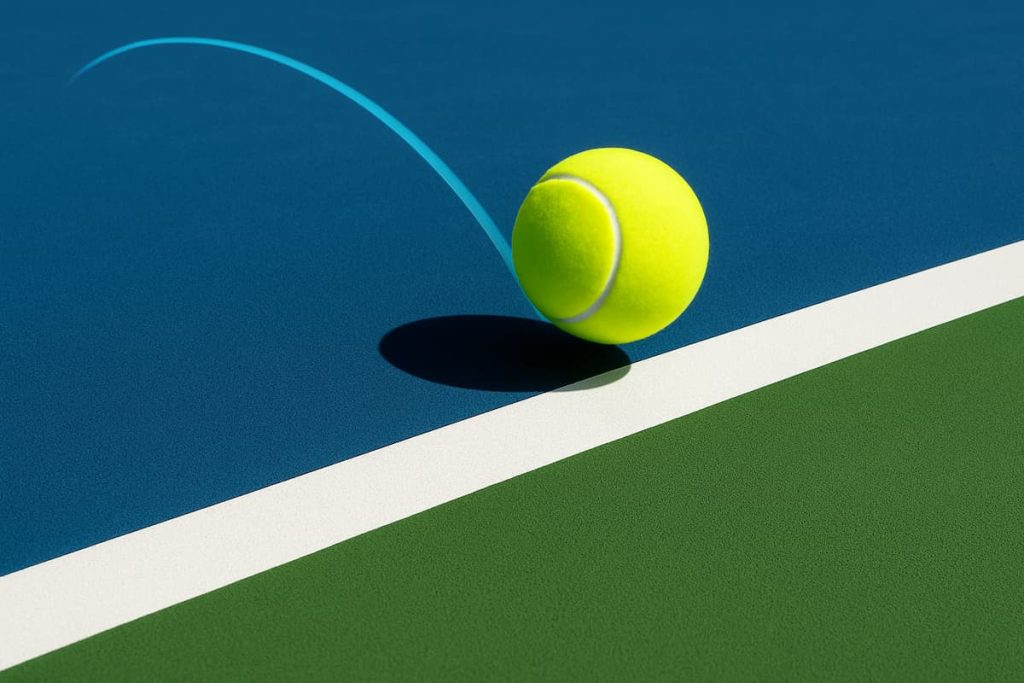
The Price of Precision
Each Hawk-Eye installation costs roughly $100,000 per venue, plus ongoing licensing, maintenance, and operational fees. A full setup at a major tennis event like the US Open can include 240 cameras and takes three days to install per court.
But leagues are willing to pay for:
- Accuracy
- Consistency
- Credibility
Hawk-Eye’s value isn’t just technical, it’s emotional. It restores trust in moments when everything is on the line.
Controversies and Mistakes: Hawk-Eye Isn’t Perfect
Despite its near-flawless reputation, Hawk-Eye has made headlines for the wrong reasons.
⚽ The Worst Miss
During a 2020 Premier League match between Sheffield United and Aston Villa, Hawk-Eye failed to register a clear goal. The ball had crossed the line, but players and the goalpost had obstructed all seven cameras. The match ended 0–0, a result that would later impact the season’s relegation battle.
🎾 The French Exception
Unlike other Grand Slams, Roland-Garros still refuses to use Hawk-Eye for line calls. Officials cite the visibility of ball marks on clay and the sport’s “tradition” as better suited to human judgment. Some fans agree. Others call it stubborn.
🏈 NFL’s Next Leap (and Risk)
In 2025, the NFL will use six 8K Hawk-Eye cameras at every stadium to determine first downs. The chain gang will remain on-field, but only as a backup. The decision will be made by AI + vision in under 30 seconds, saving up to 40 seconds per measurement.
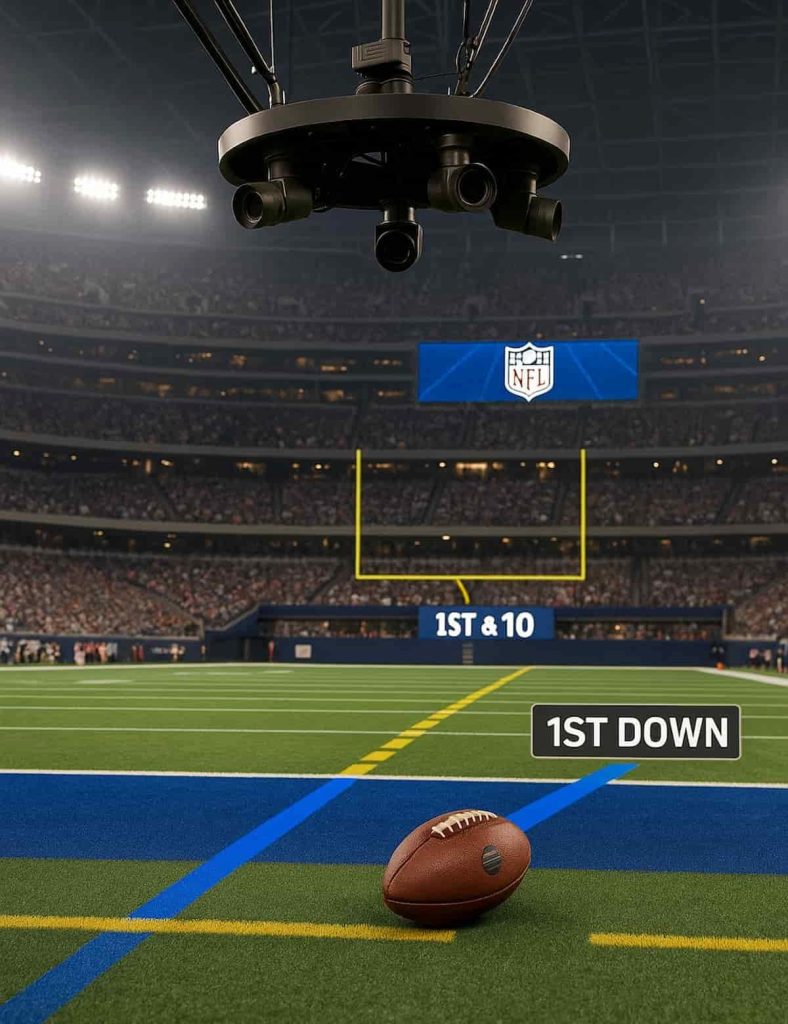
Who Owns Hawk-Eye? Why It’s Big Business
Sony acquired Hawk-Eye Innovations in 2011 for about $32 million. Since then, it’s become one of the most valuable sports tech assets in the world.
How Hawk-Eye makes money:
- Hardware & installations
- Licensing to leagues
- On-site operations and officiating
- Broadcast enhancements
- Data licensing and analytics for teams and media
Competitors have emerged, offering cheaper, single-camera systems, but none match Hawk-Eye’s precision or breadth.
The Limitations: Cost and Access
Hawk-Eye isn’t everywhere, and that’s mostly due to cost.
- Smaller tournaments, leagues, or youth sports can’t afford the $100K+ setup.
- Premier League clubs spend over $200,000 just for cameras, not counting monthly fees.
- Consumer versions exist, but lack full functionality.
This has created a tech divide: elite sports get near-perfect accuracy. Everyone else still relies on the human eye.
The Bigger Picture: Why Hawk-Eye Matters
Hawk-Eye has changed how sports are played, watched, and judged.
- Athletes now play to the camera, not just the referee.
- Fans demand transparency and replay animations.
- Leagues prioritize integrity, and Hawk-Eye delivers that.
Some purists say it’s “too accurate.” That it slows the game, kills momentum, or removes drama. But what’s more dramatic: a referee’s mistake… or the flawless reveal of truth in front of millions?
My Take: How Hawk-Eye Is Changing the Game
I remember watching Serena Williams get those brutal calls in 2004. Even from my couch, I knew something was off. Then I saw the Hawk-Eye replay, that clean, animated ball showing exactly where it landed. It was undeniable. That was the moment I realized technology could do more than just enhance sports; it could actually protect them.
At first, I missed the chaos of human error, the drama, the arguments. But now, I appreciate the clarity. With so much at stake in modern sports, getting it right matters more than ever. No, Hawk-Eye isn’t perfect. But it’s made watching sports feel fairer, more trustworthy. And to me, that’s a win, even if it means the chain gang and chalk dust are things of the past.
Enjoyed this deep dive? Our Sports news US page is frequently updated with exciting news updates!